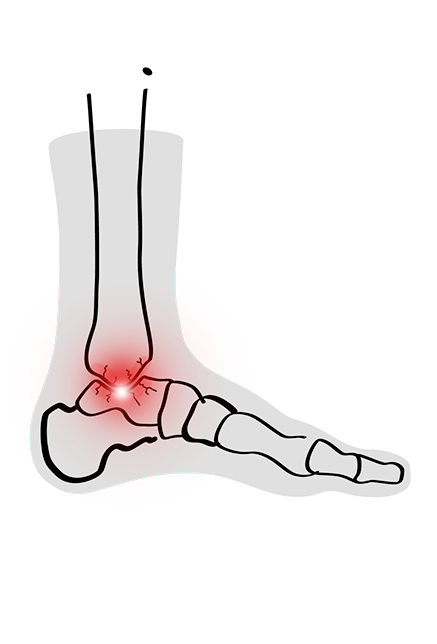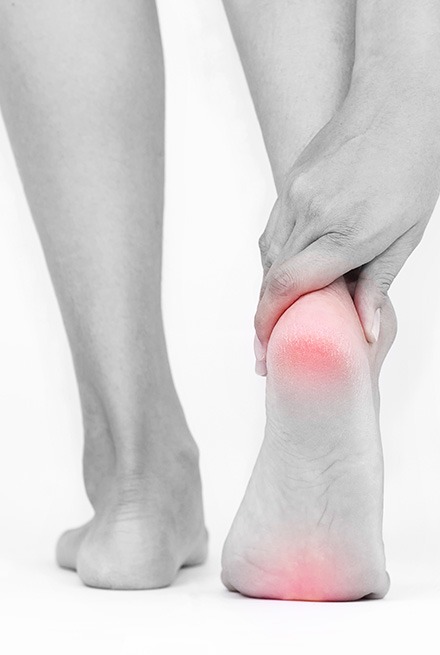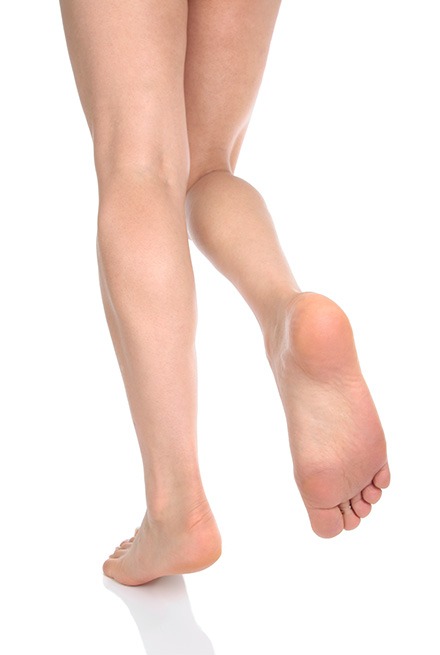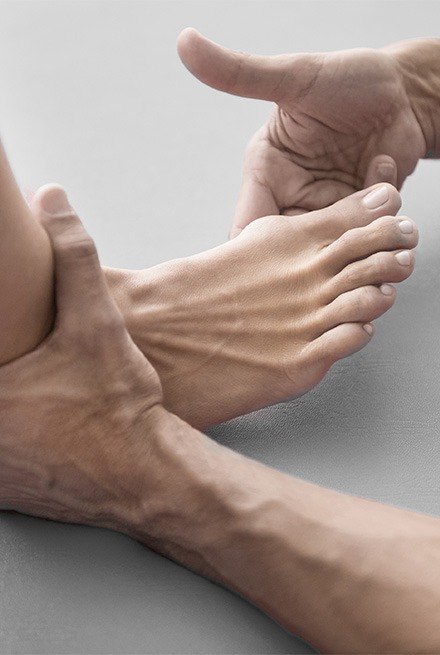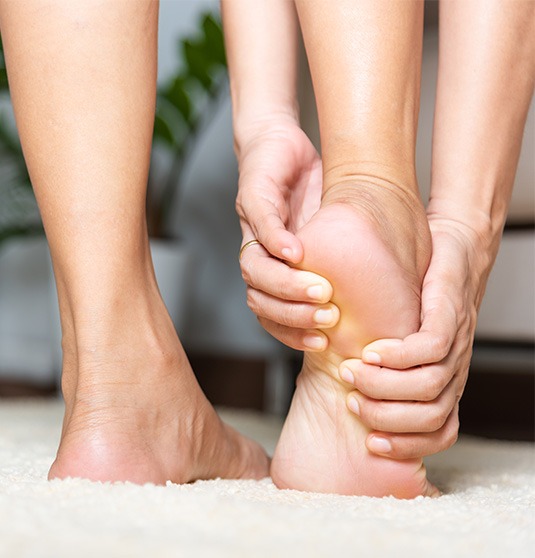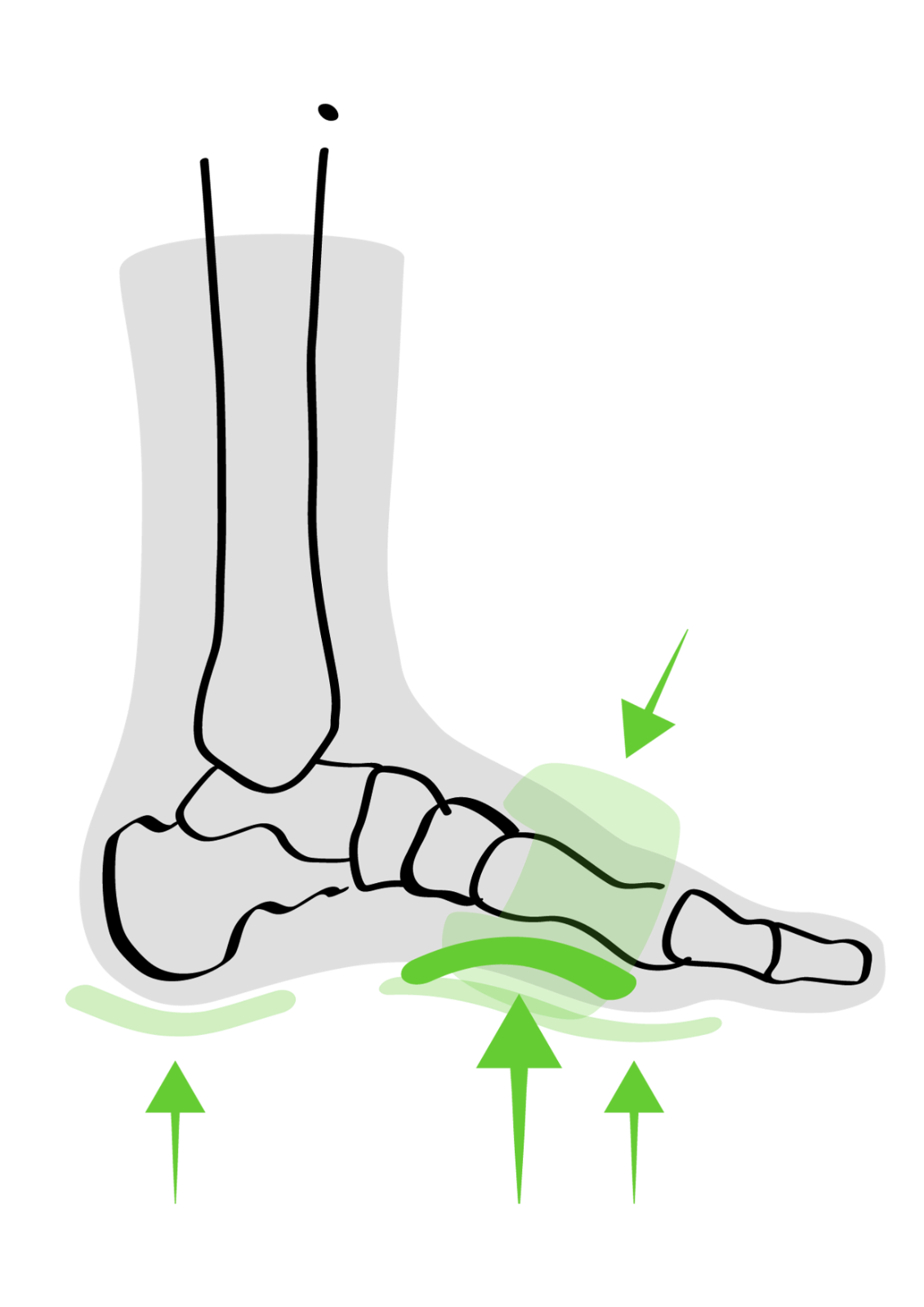Our ankles and feet take on a lot throughout our lives. Over time, the weight they bare begins to show, and eventually, ankle and foot arthropathies and joint diseases such as arthritis can develop. These conditions can vary from person to person and symptoms will show themselves differently depending on the specific ankle and foot arthropathy you are suffering from.
Although, what is certain is that when ignored and untreated, ankle and foot arthropathies can significantly impact an individual’s quality of life. So, let’s look at the causes, effects, and treatments for Ankle and Foot Arthropathies:

